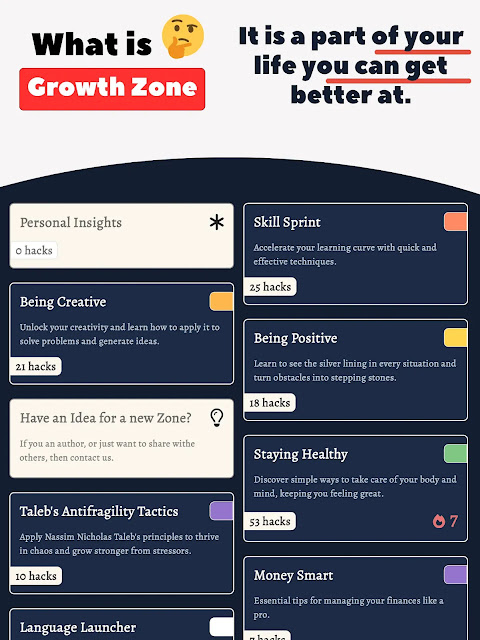The 59-year-old populist leader, who returned to power last year and whose controversial reforms have sparked protests in recent weeks, was attacked on Wednesday after an off-site government meeting in the town of Handlova.
The prime minister had approached a small crowd of people waiting to meet him, when the suspected gunman in the crowd lunged forward and shot him five times. Footage from the scene showed the injured prime minister being bundled into a vehicle by his staff, before it speeds away with him inside.
Fico underwent an hours-long surgery in a hospital in the city Banská Bystrica, with the defense minister saying at one point that the leader was “fighting for his life,” and the interior minister saying he was in “critical condition.”
On Thursday morning, the country’s Defense Minister and Deputy Prime Minister Robert Kaliňák said Fico’s condition “has been stabilized overnight, more steps are being taken to better his health. The situation is really serious.”
His comments come after deputy Prime Minister Tomáš Taraba said Wednesday night that the operation went well, that Fico was “not in a life-threatening situation at this moment,” and that he believed he would survive.Taraba added that Fico had been heavily injured, with one bullet hitting his stomach and another bullet hitting his joints.
Nobody else was injured in the attack. The suspected gunman was detained by police, and the country’s president Zuzana Čaputová said authorities would release more information when they can.
Fico is the most powerful lawmaker in Slovakia. Unlike the president, whose role has limited scope, the prime minister holds rank as the decision-making head of government.
Slovaks have been deeply divided over the country’s direction and position in the world since Fico’s return to power last year. Supporters see Fico as a caring leader who has their interests at heart; critics say he is a populist whose pro-Russian leanings pose major risks for the country.
Slovakia’s defense and interior ministers blamed rising hate speech and division for the political atmosphere in the country, which they said led to the assassination attempt.
As prime minister, Fico made a major U-turn in Slovakia’s foreign policy and its previously staunch support for Ukraine, pledging to end the country’s military support for Kyiv and promising to block Ukraine’s NATO ambitions.
His domestic policies have also been divisive – especially attempts to overhaul the criminal justice system, with his government trying to reduce punishments for corruption, and dismantling the special prosecutor’s office that investigated serious corruption cases.
The government is also trying to shut down the public service broadcaster and replace it with a new national broadcaster that would be under tighter state control.
These policies have seen weeks of largely peaceful protests – with people also taking to the streets in February and March, according to Reuters.
Fico previously served as Slovakia’s prime minister for more than a decade, first between 2006 and 2010 and then again from 2012 to 2018.





.jpeg)



.jpeg)